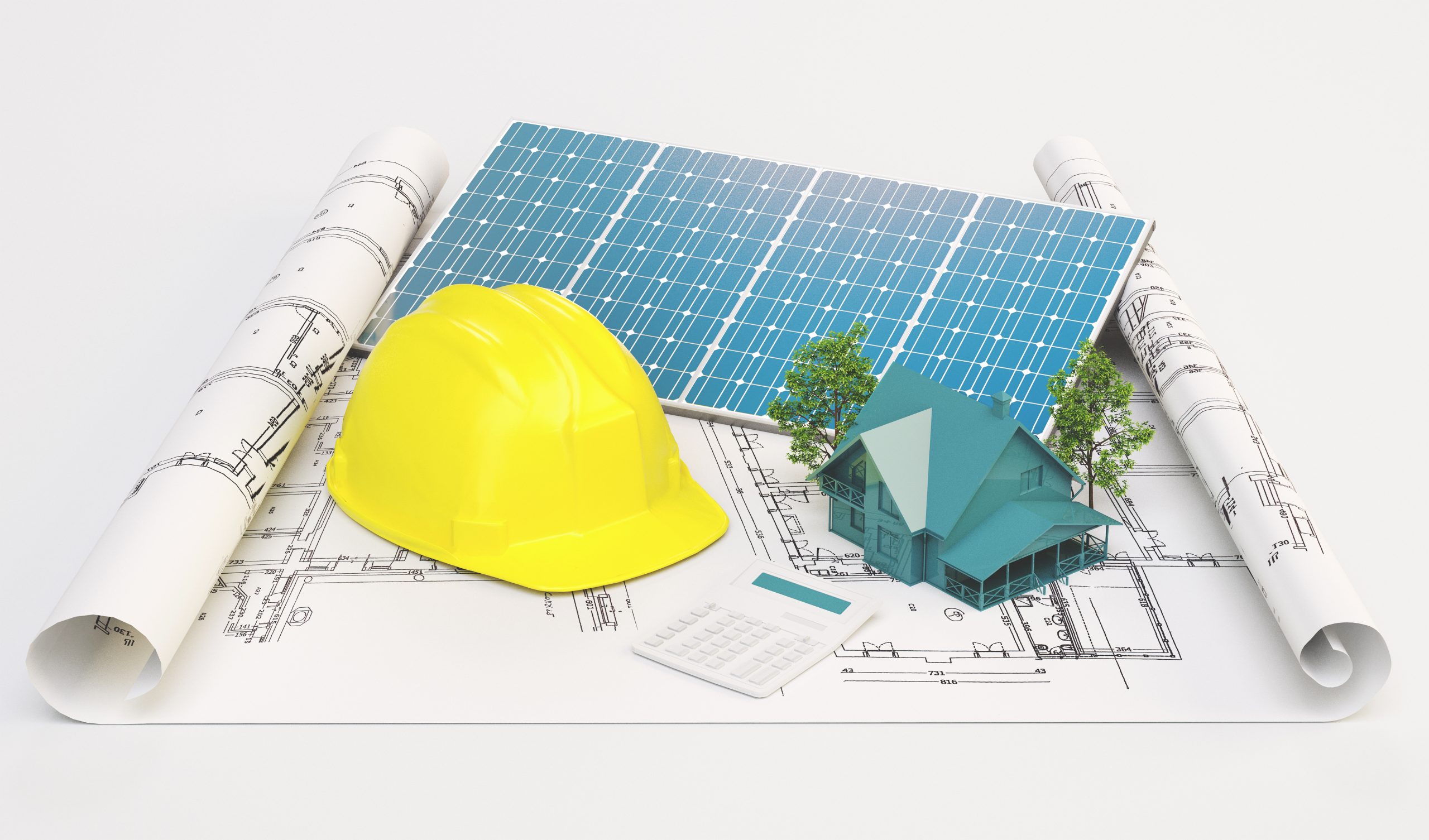
Structure
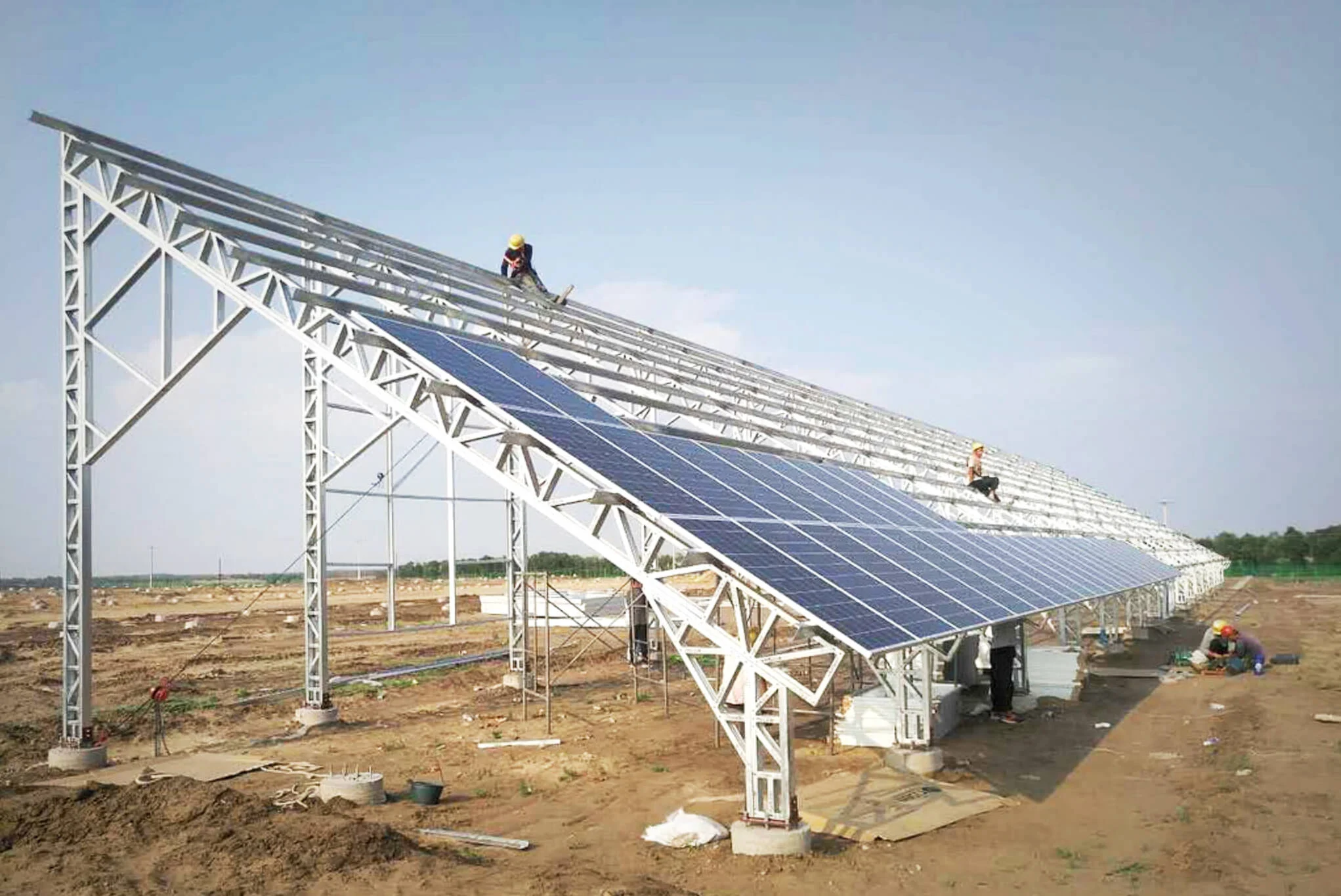
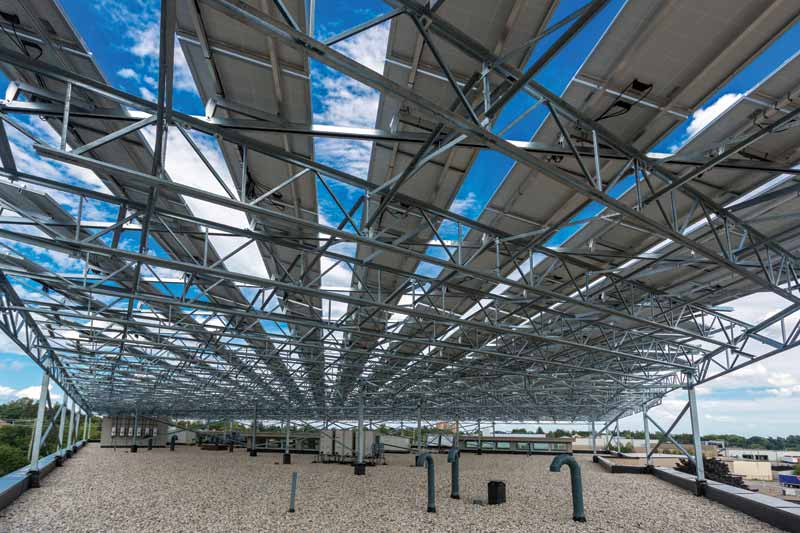
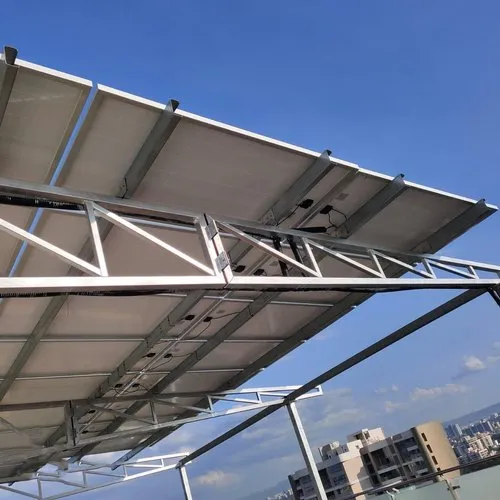
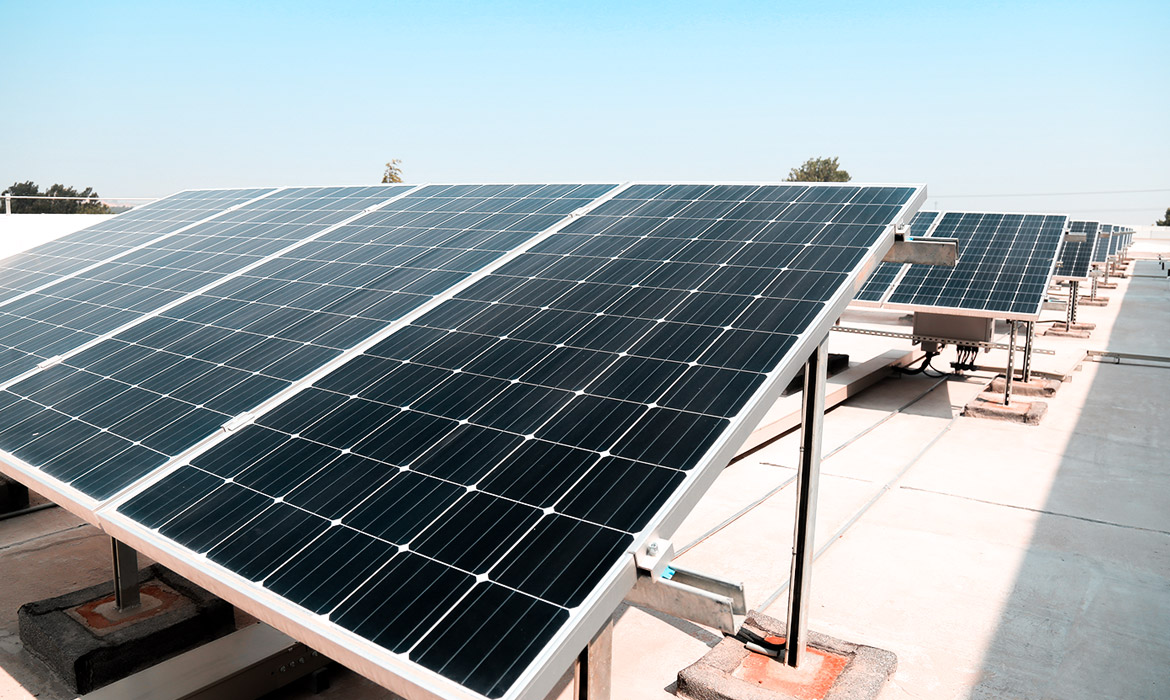
Green Industry’s solar panel structures and supports are engineered to provide robust and reliable foundations for solar panels, ensuring optimal performance and longevity. Here is a technical description of their typical features:
Material and Construction
1. Materials:
– Aluminum Alloys: Lightweight, corrosion-resistant, and durable, commonly used for the frame and supports.
– Galvanized Steel: Offers superior strength and corrosion resistance, ideal for ground-mounted systems.
– Stainless Steel: Used for fasteners and joints to prevent rust and ensure longevity.
2. Structural Integrity:
– High Load Capacity: Designed to withstand wind loads, snow loads, and seismic forces as per local building codes and standards.
– Corrosion Resistance: Coatings and treatments to protect against environmental factors and extend the lifespan of the structure.
Design and Configuration
1. Mounting Systems:
– Fixed Tilt: Static mounts that hold panels at a specific angle, optimized for the location’s latitude to maximize solar exposure.
– Adjustable Tilt: Allows manual or semi-automated adjustment of the panel angle to optimize energy capture throughout the year.
– Tracking Systems:
– Single-axis trackers: Rotate the panels on one axis, typically east to west, to follow the sun’s path.
– Dual-axis trackers: Adjust both the tilt and rotation, maximizing exposure by following the sun’s movement more precisely.
2. Installation Types:
– Ground-Mounted: Sturdy frameworks anchored to the ground, suitable for large-scale installations.
– Roof-Mounted: Customized mounts that attach securely to various roof types, including flat, pitched, and curved roofs.
– Canopy and Carport: Elevated structures that provide dual functionality, offering shade while supporting solar panels.
Integration and Compatibility
1. Modular Design: Structures are designed for scalability, allowing easy expansion of solar arrays.
2. Compatibility: Compatible with various types of solar panels, including monocrystalline, polycrystalline, and thin-film.
Installation and Maintenance
1. Ease of Installation: Pre-engineered components and modular designs reduce installation time and labor costs.
2. Low Maintenance: Durable materials and protective coatings minimize maintenance requirements.
Safety and Compliance
1. Standards and Certifications: Designed and manufactured to comply with international and local standards (e.g., IEC, UL).

